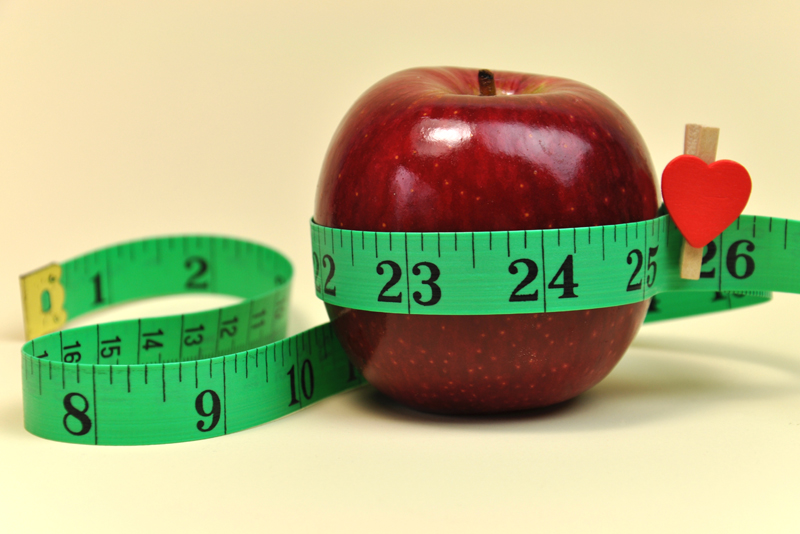Healthy Blood Pressure Chart

Is your blood pressure healthy? Just how does your blood pressure compare to people in your age group? Check these charts and find out!
First, be sure to read about what is blood pressure to get some understanding of what blood pressure and pulse are all about. It's always good to understand how your body works, and how to monitor its health!
Doctors around the world use blood pressure to help track how healthy a person is. There are different levels used in different situations. Remember that your doctor is the best person to ask about what is best for YOU as an individual.
World Health Organization
The World Health Organization, or WHO, breaks blood pressure down into three general groups. These are:
Normal: Systolic under 140, Diastolic under 90
Borderline: Systolic under 160, Diastolic under 95
High Blood Pressure: Systolic 160 or above, Diastolic 95 or above
US National Institute of Health
The National Institute of Health (NIH) governs health related issues for the United States.
Optimal: Systolic Less than 120, Diastolic Less than 80
Normal: Systolic Less than 130, Diastolic Less than 85
High-normal: Systolic Less than 140, Diastolic Less than 90
Mild Hypertension: Systolic Less than 160, Diastolic Less than 100
Moderate Hypertension: Systolic Less than 180, Diastolic Less than 110
Severe Hypertension: Systolic 180 or more, Diastolic 110 or more
India Medical Guidelines
In India, they break people who are "higher than normal" into three separate categories:
Normal: Systolic under 150, Diastolic under 90
Mild Hypertension: Systolic under 160, Diastolic under 100
Moderate Hypertension: Systolic under 200, Diastolic under 120
Severe Hypertension: Systolic 200 or above, Diastolic 120 or above
Average Blood Pressure
Age 0-35: 120 systolic / 80 Diastolic
Age 36+: 140 systolic /90 Diastolic
As you can see, different organizations have different standards. There is no "magic number" to aim for - the value can be different from person to person. However, having a blood pressure down in the 140/90 area at least is important for good health. Be sure to check your own blood pressure and talk to your doctor if it is higher than that!
Blood Pressure Information
High Blood Pressure Dangers and Information
Low Blood Pressure Dangers and Information
Heart Rate and Pulse Chart
Lumiscope Finger Blood Pressure Monitor Review
Target Heart Rate Calculator

Finger Blood Pressure Monitor from Amazon.com

Lisa Shea's Library of Low Carb Books
First, be sure to read about what is blood pressure to get some understanding of what blood pressure and pulse are all about. It's always good to understand how your body works, and how to monitor its health!
Doctors around the world use blood pressure to help track how healthy a person is. There are different levels used in different situations. Remember that your doctor is the best person to ask about what is best for YOU as an individual.
World Health Organization
The World Health Organization, or WHO, breaks blood pressure down into three general groups. These are:
Normal: Systolic under 140, Diastolic under 90
Borderline: Systolic under 160, Diastolic under 95
High Blood Pressure: Systolic 160 or above, Diastolic 95 or above
US National Institute of Health
The National Institute of Health (NIH) governs health related issues for the United States.
Optimal: Systolic Less than 120, Diastolic Less than 80
Normal: Systolic Less than 130, Diastolic Less than 85
High-normal: Systolic Less than 140, Diastolic Less than 90
Mild Hypertension: Systolic Less than 160, Diastolic Less than 100
Moderate Hypertension: Systolic Less than 180, Diastolic Less than 110
Severe Hypertension: Systolic 180 or more, Diastolic 110 or more
India Medical Guidelines
In India, they break people who are "higher than normal" into three separate categories:
Normal: Systolic under 150, Diastolic under 90
Mild Hypertension: Systolic under 160, Diastolic under 100
Moderate Hypertension: Systolic under 200, Diastolic under 120
Severe Hypertension: Systolic 200 or above, Diastolic 120 or above
Average Blood Pressure
Age 0-35: 120 systolic / 80 Diastolic
Age 36+: 140 systolic /90 Diastolic
As you can see, different organizations have different standards. There is no "magic number" to aim for - the value can be different from person to person. However, having a blood pressure down in the 140/90 area at least is important for good health. Be sure to check your own blood pressure and talk to your doctor if it is higher than that!
Blood Pressure Information
High Blood Pressure Dangers and Information
Low Blood Pressure Dangers and Information
Heart Rate and Pulse Chart
Lumiscope Finger Blood Pressure Monitor Review
Target Heart Rate Calculator

Finger Blood Pressure Monitor from Amazon.com

Lisa Shea's Library of Low Carb Books
You Should Also Read:
Diastolic and Systolic Basics
Lowering your Diastolic Pressure

Related Articles
Editor's Picks Articles
Top Ten Articles
Previous Features
Site Map
Follow @LisaLowCarb
Tweet
Content copyright © 2023 by Lisa Shea. All rights reserved.
This content was written by Lisa Shea. If you wish to use this content in any manner, you need written permission. Contact Lisa Shea for details.










